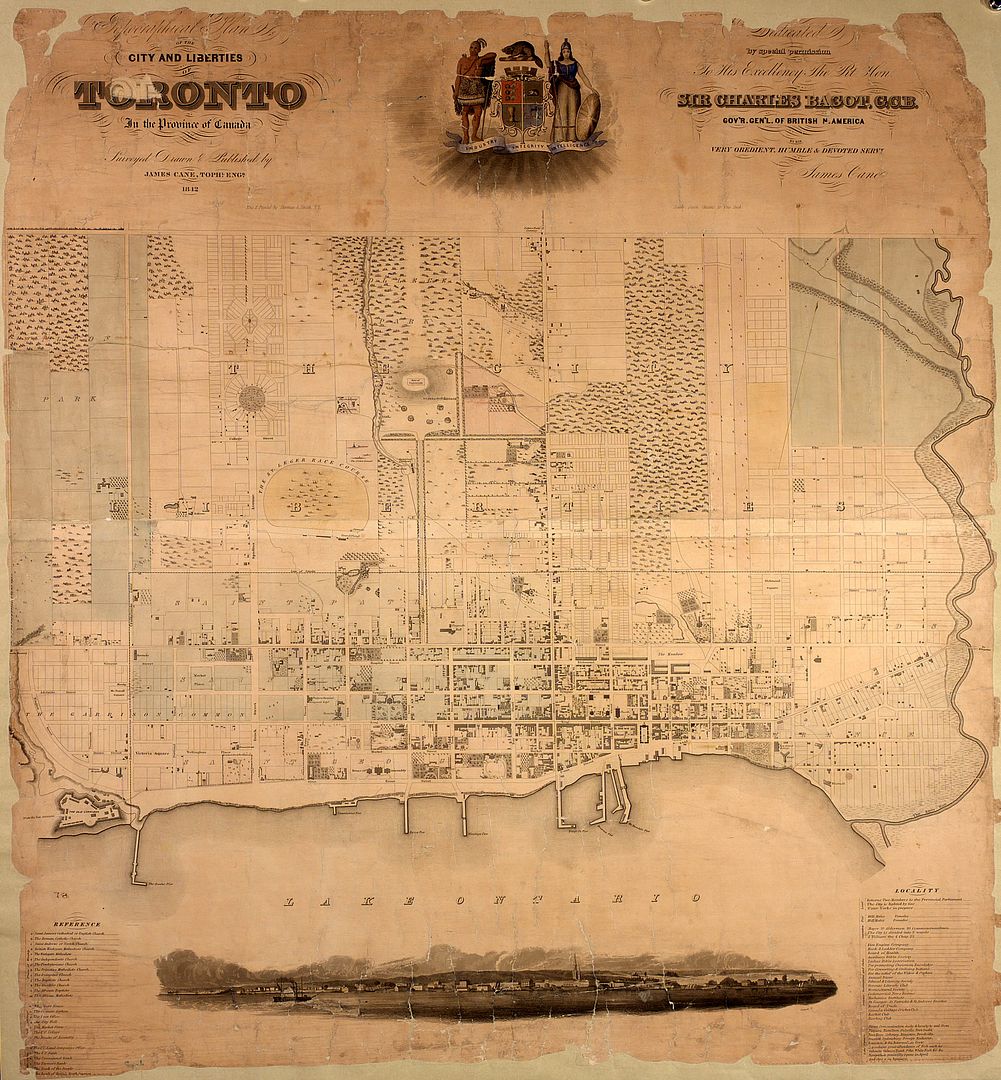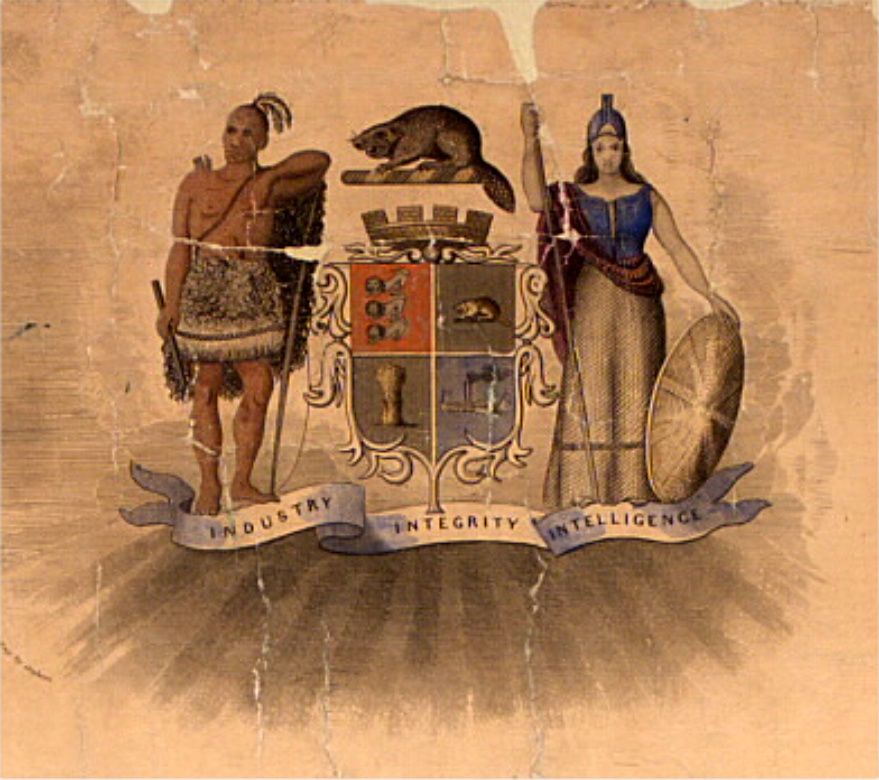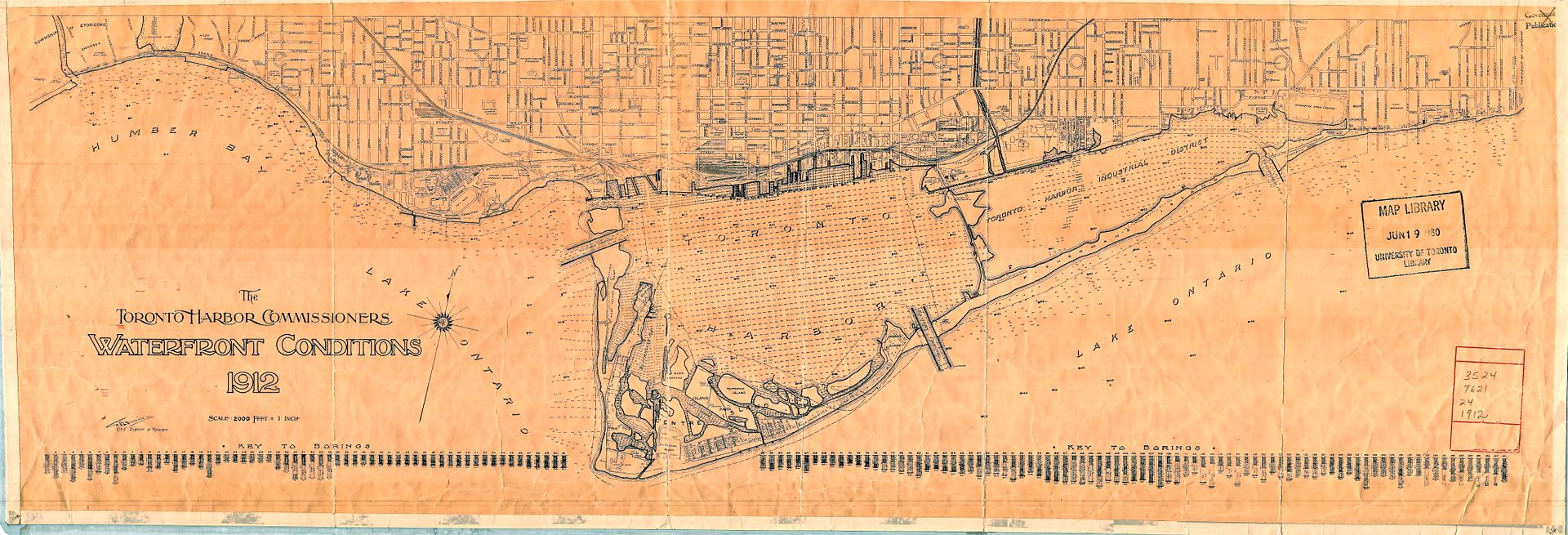r937
Active Member
1996 -- so a curious mix of current and former roads, eh?How old is that booklet?
see http://www.torontopubliclibrary.ca/local-history-publications/historical-deerpark.jsp
Last edited:
1996 -- so a curious mix of current and former roads, eh?How old is that booklet?
Excellent map! Thanks for sharing.
How old is that booklet? I didn't know there was a period when Summerhill still crossed the ravine (although it seems the railway line separated it into two parts on the west side) after Mt Pleasant had been built through the area.


and someone by the fence -- waiting for the train to cruise on through (sorry, ac/dc lyrics... couldn't help myself)Here's a photo of Summerhill, showing the railway crossing and the road going down the hill
yesand here's the bridge - I assume this is looking north and it's the railway bridge in the background
Given how difficult it seems for Canada Post to deliver mail accurately even with those codes, I'm sometimes tempted to start writing 'Toronto 6', etc., on envelopes.
indeedThis one (1842) is quite fascinating|
indeed
"young street road" lol

A great collection of maps here.
This one (1842) is quite fascinating (can be enlarged).
http://maps.library.utoronto.ca/dvhmp/Scans/G_3524_T61_1842.jpg
It will be found along with many other maps at:
http://maps.library.utoronto.ca/dvhmp/maps.html
Perhaps this page has been noted before, but I just discovered it by accident.
A great collection of maps here.
This one (1842) is quite fascinating (can be enlarged).
http://maps.library.utoronto.ca/dvhmp/Scans/G_3524_T61_1842.jpg
It will be found along with many other maps at:
http://maps.library.utoronto.ca/dvhmp/maps.html
Perhaps this page has been noted before, but I just discovered it by accident.







